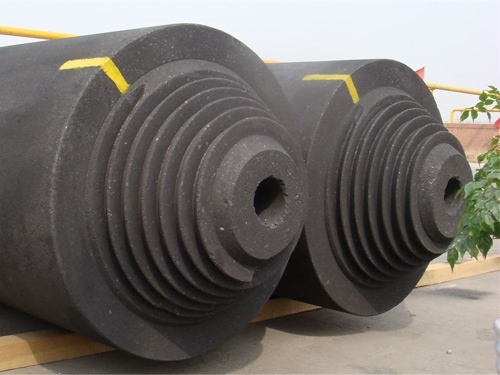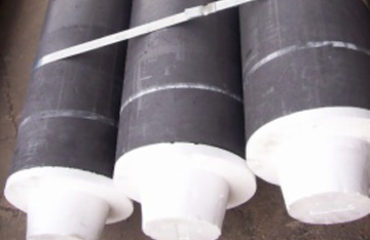Electrodes are one of the indispensable components in batteries. Different battery electrode materials have different properties, advantages and disadvantages. The performance of battery electrodes can even affect our quality of life. Common battery electrodes are mostly copper, platinum, mercury and other metal materials, and what we are going to introduce today is a relatively new type of graphite electrode material.
Graphite electrodes can be divided into three types: ordinary, high and ultra-high power according to their quality. They are conductors made of materials such as petroleum tar and needle coke through special processing. The development of graphite electrode materials has been very mature, and its application is also very extensive. This is because the graphite electrode material has the incomparable advantages of traditional metal electrode materials such as copper.
First of all, compared with graphite electrodes with the same performance and copper, the price of graphite is lower, especially with the gradual increase in the price of copper materials in the past two years, graphite materials have become the most affordable electrode materials in the market. Although the same volume of graphite material is 30% to 60% cheaper than copper, the performance of graphite is not compromised at all. Metal materials, especially copper, have certain ductility and are easily deformed. In addition, the self-weight of copper is relatively large, making it unsuitable for many occasions. Graphite is not only structurally stable and non-deformable, but also lighter in texture. In addition, graphite can discharge two to three times faster than copper. During discharge, the graphite surface can also release carbon atoms and form a protective film, which greatly reduces the loss of graphite materials.
The melting point of copper is only about 1000 degrees Celsius, while graphite can be as high as nearly 4000 degrees Celsius, which makes graphite materials also very advantageous in processing, especially when making thin rib electrodes. The expansion coefficient and density of graphite are also much lower than those of copper, so graphite can not only greatly reduce mechanical loss during processing, but also have a wider range of processing. While saving a lot of manpower and material resources, it is also easier to realize mechanized and modernized production.
When selecting graphite electrode materials, there are mainly four selection criteria. First of all, the smaller the particles of the graphite electrode material, the more uniform and stable the discharge is, so the graphite material with small particles is preferred in use. Secondly, the flexural resistance coefficient of the graphite electrode material is directly related to the strength of the material. For equipment and products with higher precision, the higher the strength requirements are. The Shore hardness of graphite materials is a standard value for measuring its hardness, and the hardness requirements vary depending on the demand. The higher the hardness, the smaller the discharge loss, but at the same time, the requirements for processing equipment and cost are higher. Finally, the intrinsic resistivity of the material is also an important criterion. Under the same conditions, the higher the resistivity is, the slower the discharge will be, and the applicable scope of the material is directly felt.


